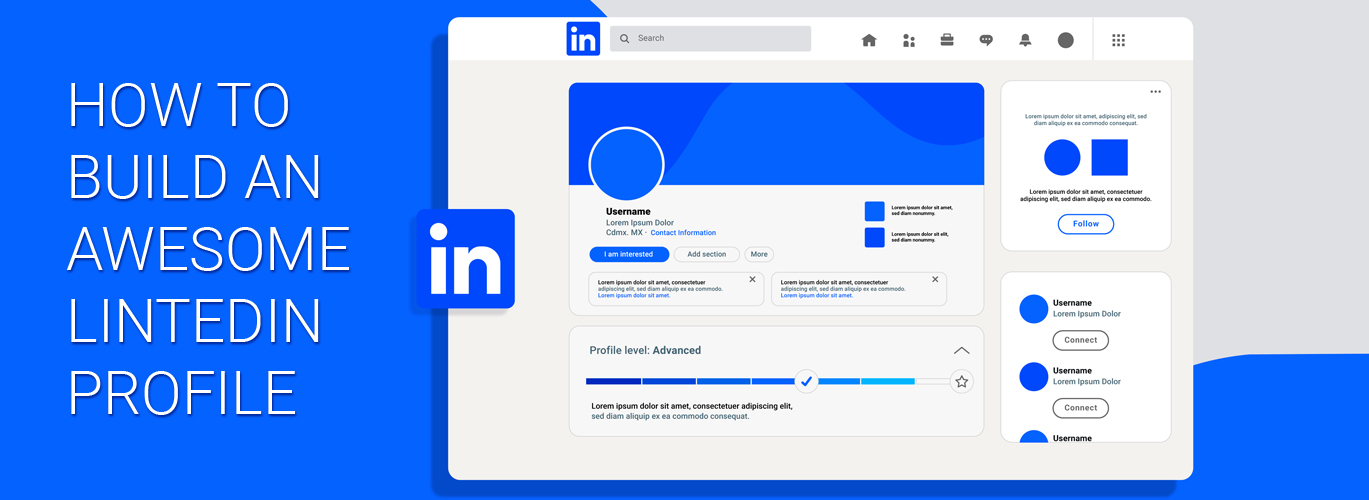This policy is favourable to all the parties in interest to prevent any misunderstandings during separation. This also helps in avoiding any conflict between the two parties resulting from separation.
Significance of Exit Policy
You might be thinking why on earth should we engage with people who have already decided to leave? Then here is the answer to your question. You may find it ineffective and a waste of time to aim on such employees, but still is very essential.
Same as it is important to be attentive to an individual who is joining the company, off-boarding an employee also cannot be ignored. This has a lot of advantages. It is important as it supports the company in overcoming talent turnover and also has an enormous consequence on the increase and performance of the organisation. Also, it supports the enterprise with the instructions and information about what needs to be transformed and improved.
Points to keep in mind in an Employee Exit Policy
These are the key areas that will help in delivering an organised process when an employee walks out of the company:
Purposeful professionalism
Despite the fact that circumstances like an employee’s exiting, staying calm and professional will better guarantee a smooth change for your company. For businesses offering a notice, leaders will need to identify if the employee remaining on site for two weeks or more will be more effective or harmful to the company. If found harmful, you can humbly accept their resignation. You may convey that you will pay them for the two-week time period since they offered to work. You should understand that he or she can file an unemployment claim if you don’t offer to pay the employee for the time they had offered to work through a resignation, but weren’t allowed.
Make sure to utilise the time
In the case where it would prove advantageous for a notice to be worked out, remember to use this time favourably and stay connected to what is being achieved. Be responsible for providing a structured process and allot time each day for the exiting employee to complete a Transfer of Knowledge document. This document must shortly mention current projects, job tasks, deadlines, status updates and applicable contacts. The list must input a location of where the related information is stored electronically or physically.
Ensure that you don’t just ask for this and then check in on his last day. Check in frequently, as it is simple for the exiting employee to have his own ideas of how practical to use his last two weeks, such as getting one project done. While that being one thing, that may still leave the team in problem about everything else the exiting employee was executing. Detailing all work elements and status is important.
Dedicate the necessary time for someone on the team when there is no notice, to research the previous employee’s email account, recent documents and physical files progressed to collect as much knowledge as possible on his present-day tasks and duties.
Analysis
A fast analysis of the circumstances is accepted. Examine the job description.
Take the time to analyse every detail. Never miss out on a chance to make the business function even better with a few minor, or even big, adjustments to the process.
Feedback
Seeking feedback through an exit Interview is equally important for the future planning of the vacant position. It can deliver helpful insight to the system and background of your operation. A lot of methods are there for conducting an exit interview. Certainly, this would not be efficient with a disgruntled employee or terminated employee. In cases like that, utilise some time to reflect on if there might be anything the company would want to do differently to help ensure a right match hire and effective employee support and engagement.
Within an organisation, employee departures can possibly have a long lasting and negative ripple effect. Try to put structure into place now for managing with developments like this to guarantee a smooth progression and even capitalise on the opportunity to review workflow and assist your company perform better.






